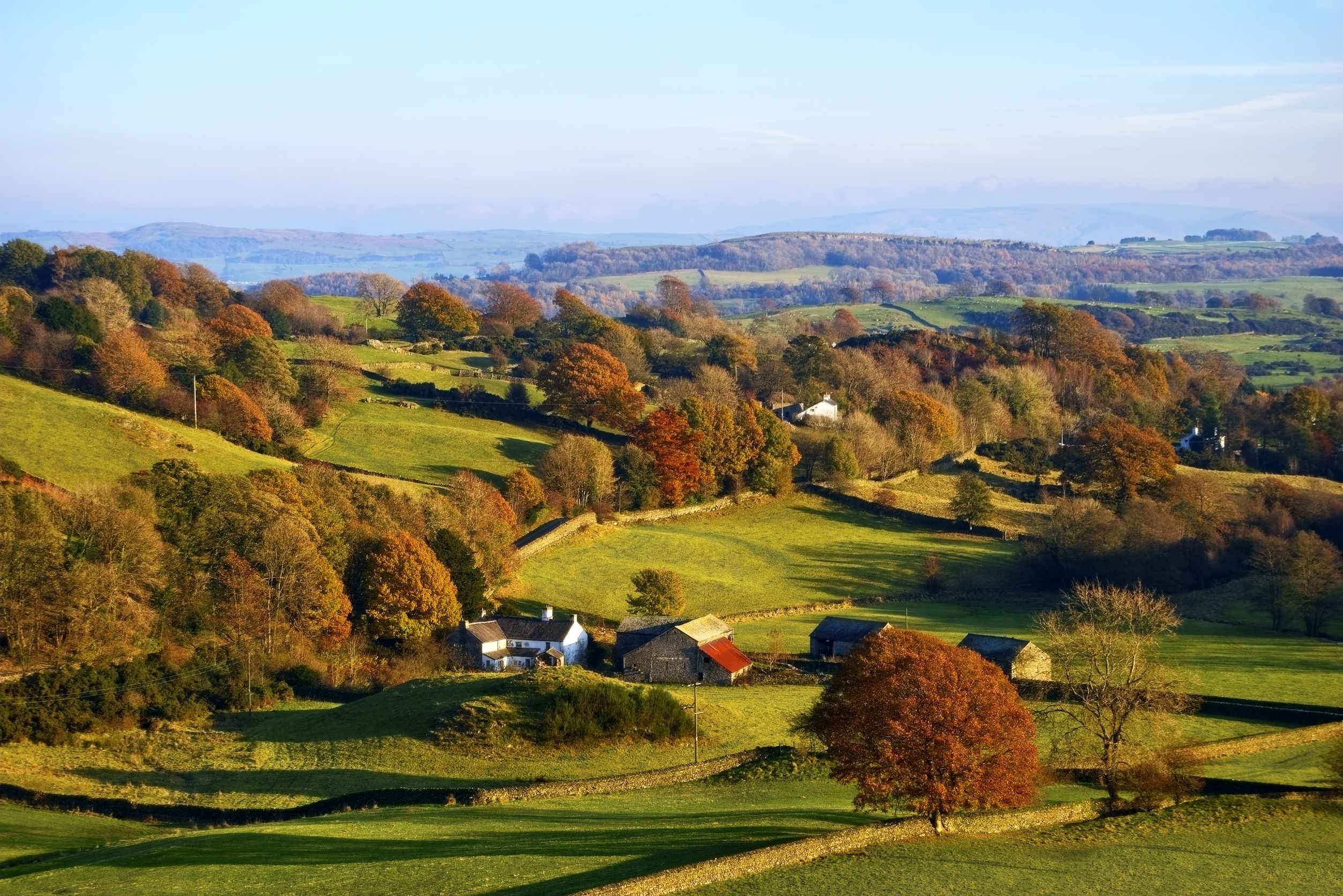
Farmland values in the UK are still 10 percent above levels achieved five years ago despite new figures showing a decrease this year.
Property consultants Carter Jonas has revealed that arable land averaged £8,564 per acre in Q3 2019 – down 1.2% on the previous quarter and by 4.7% over the last 12 months.
Meanwhile pasture values increased slightly quarter on quarter by 0.8% to £6,831 per acre, but also recorded an overall year-on-year decrease of 0.2%.
However, despite short-term fluctuations, farmland values across England and Wales are still 10% above levels achieved five years ago.
As at the end of September 2019, publicly marketed land across the UK totally circa 83,000 acres this year – a 40% decrease compared with the same period last year.
Carter Jonas forecasts that supply levels are only likely to reach 110,000 by the end of 2019, which is well below the previous low in 2014.
However, this could be drastically different come the next Brexit deadline on 31 October.
Andrew Fallows, head of rural agency, Carter Jonas, said: “It is hard to know how the market will react when we leave the EU on 31 October – with or without a deal – so our forecast could change significantly.
“The uncertainty means that some buyers are unwilling to make large capital investments but there are still motivated individuals around.
“These buyers are more discerning, but the limited supply of land means that parts of the market are relatively robust as a result.”
Mr Fallows said pricing is location dependent, but parcels of land with good access and assets with alternative income streams are still sought after and attracting strong interest.
“Since the relaxation of permitted development rights, the conversion of farm buildings to residential, office, light industrial and even energy generation has proved attractive as a way of securing non-farming revenue at a time of uncertainty,” he said.
